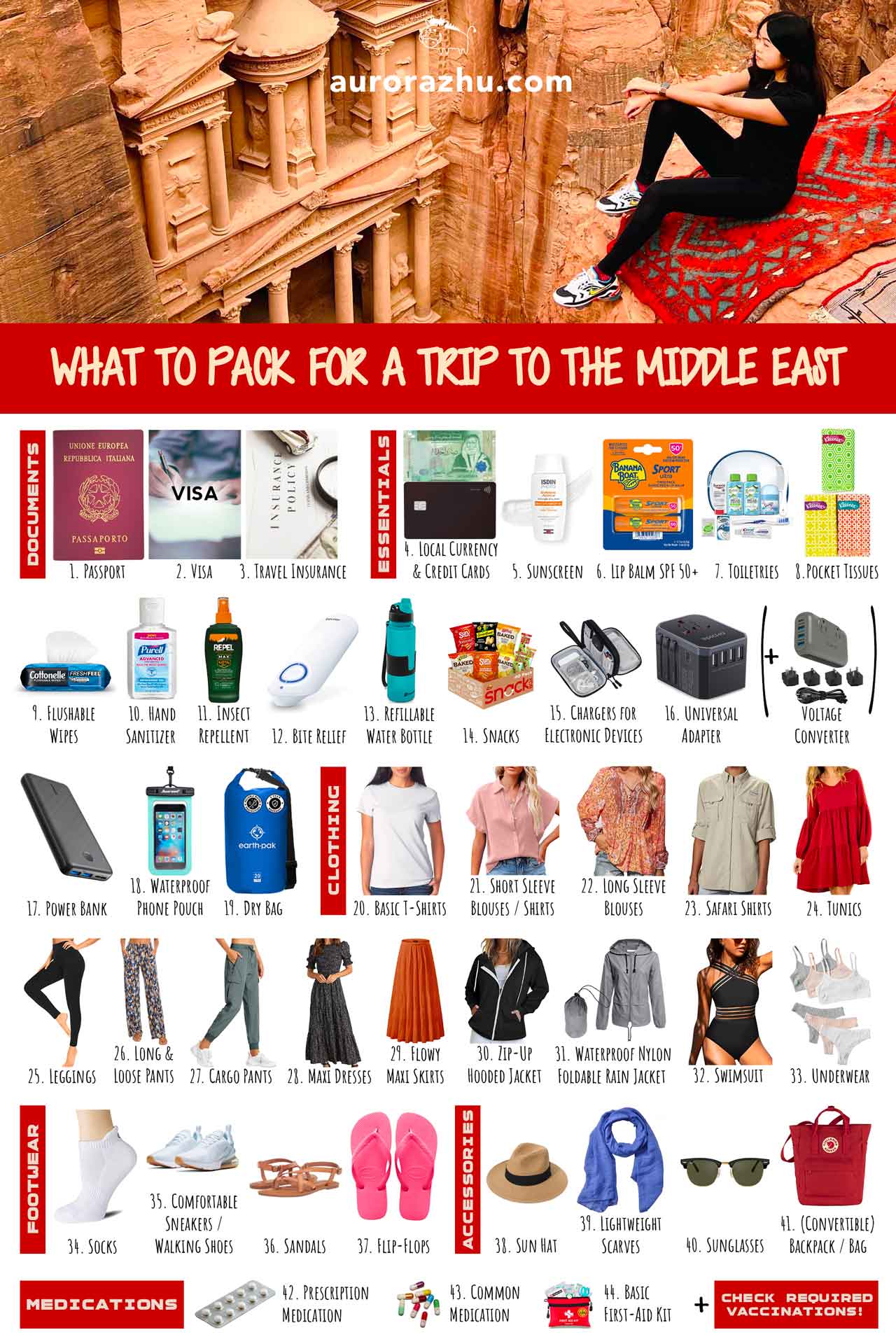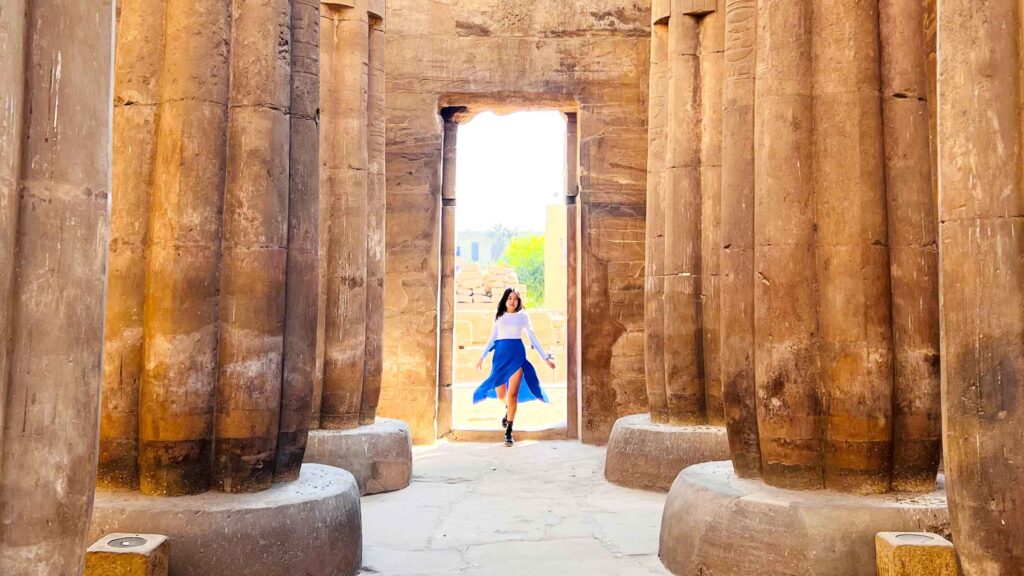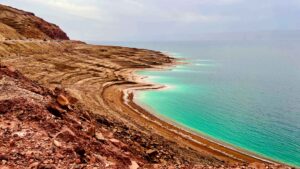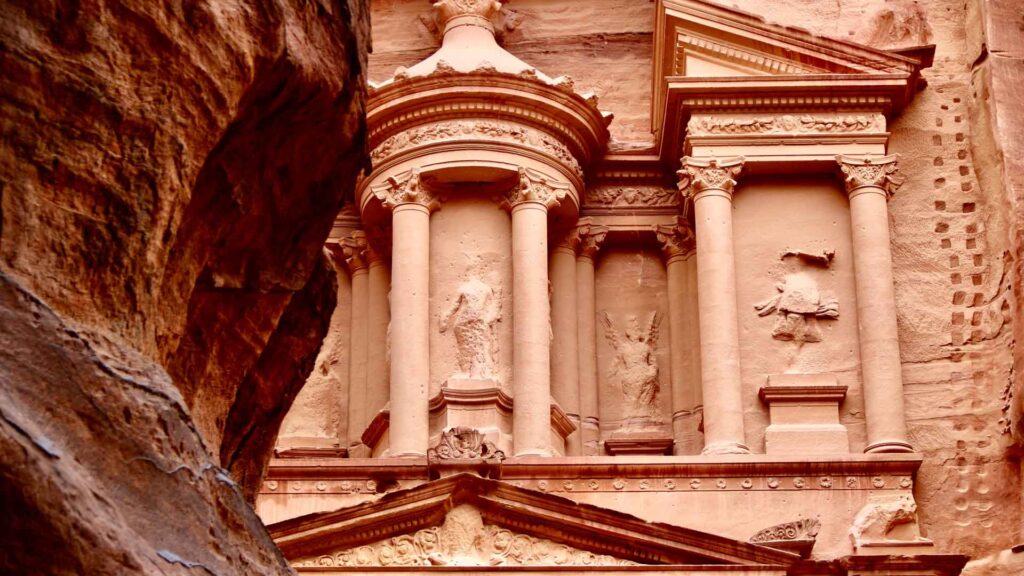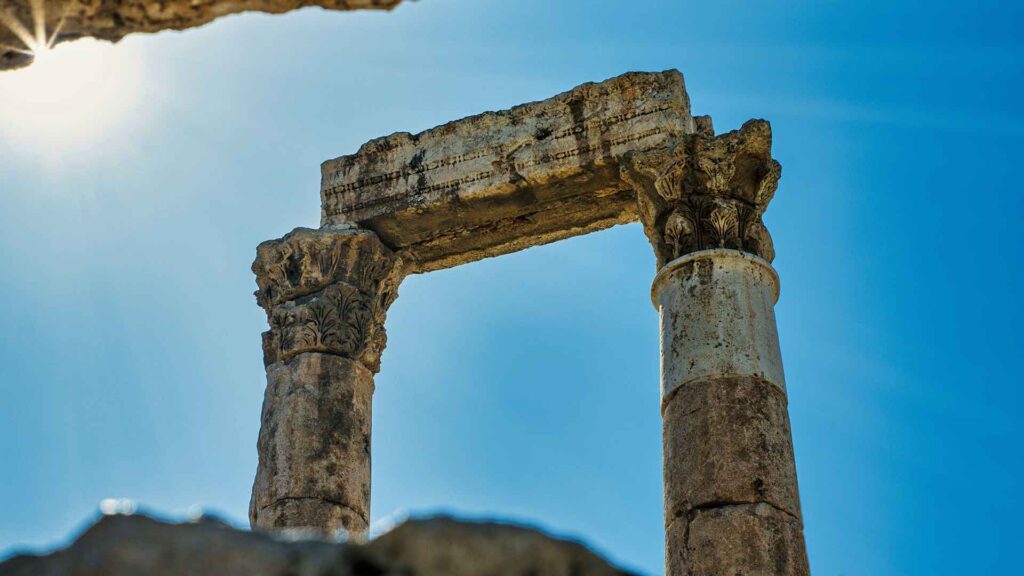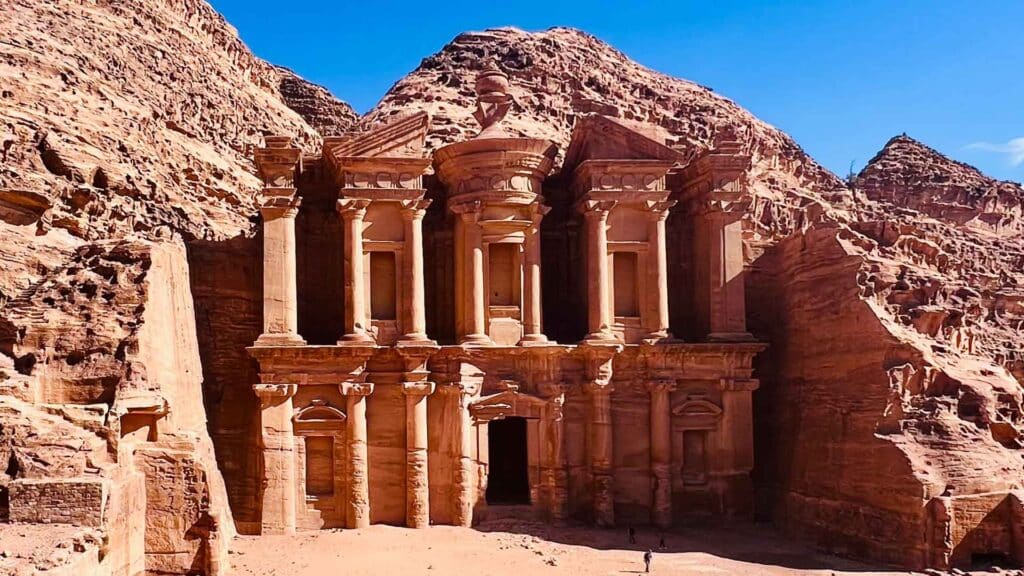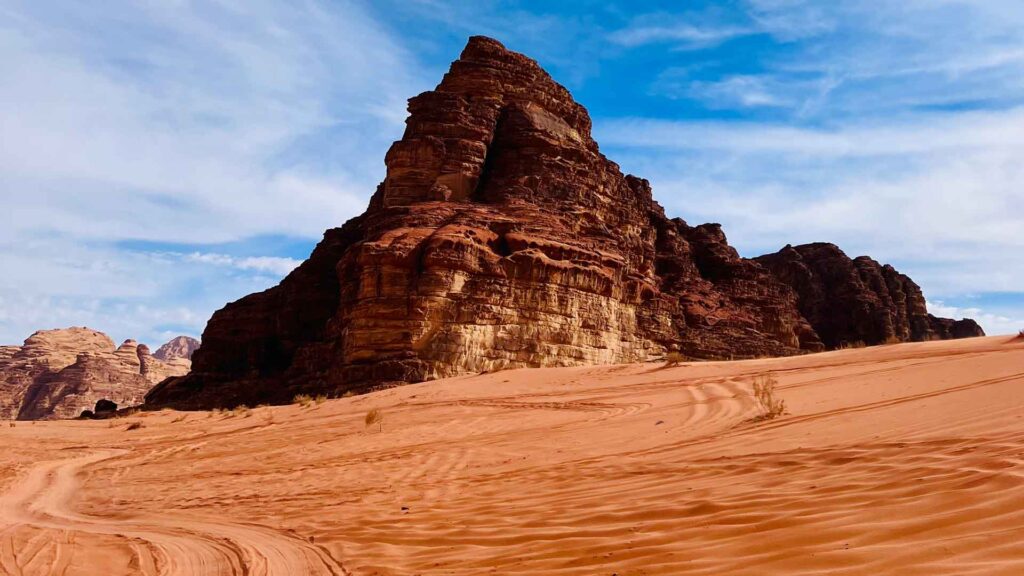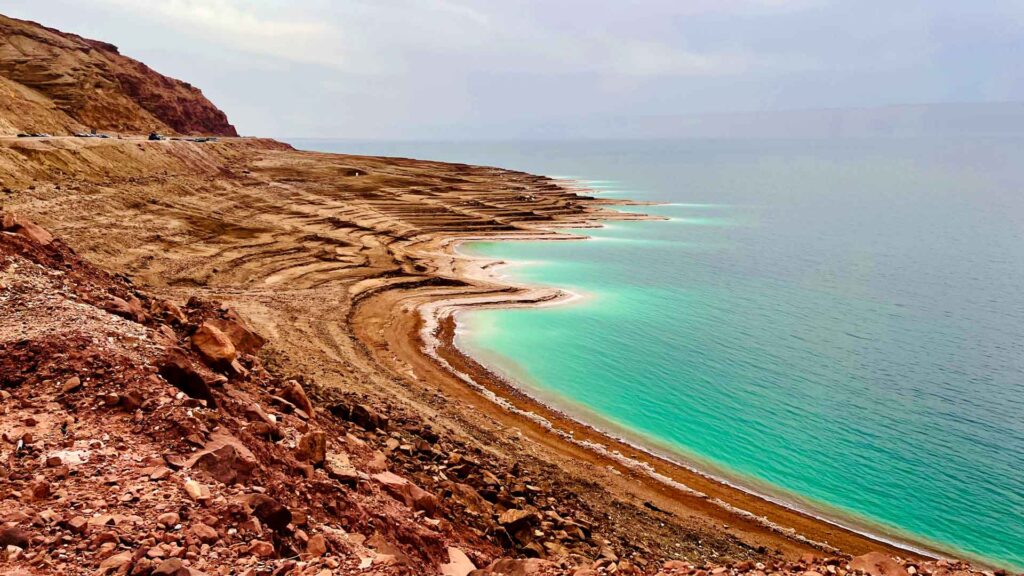Introduction
If you’re planning a trip to the Middle East, congratulations! You’re in for a real treat. From the stunning architecture to the mouth-watering cuisine, the Middle East is a destination like no other. But before you jet off, it’s time for that part of the trip-planning process: packing. Now, I don’t know about you, but I hate packing with a passion. I wish I could just snap my fingers and have it all done. But, alas, that’s not how it works. And let me tell you, the struggle is real. Back in the day, I managed to pack for my trips to the Middle East after screaming blue murder, only to realize I’d forgotten some important items once I arrived at my destination. Not fun. So, in the spirit of preventing anyone else from going through that same ordeal, I thought I would share everything I ended up using or wished I packed so that you can steal my brainchild and eliminate the mental struggle component of packing. Let’s make this process as painless as possible, shall we?

The Ultimate Packing Guide for the Middle East
Travel Documents
Let’s start with the basics. The most important thing to remember when traveling somewhere is to keep your documents safe and accessible. You’ll want to have copies of your passport and visa (if required) with you at all times, as well as any other important documents like travel insurance and flight tickets. It’s also a good idea to have digital copies of all your important documents stored on your phone or in the cloud. That way, if you lose your physical copies, you’ll still be able to access them.
Make sure you pack the following:
- A valid passport – Make sure it has at least six months of validity left from the date of your entry to the Middle East.
- A visa – Depending on the country you’re visiting, you may need to apply for a visa in advance or get one upon arrival. Check my detailed visa guides for all the Middle Eastern countries.
- Travel insurance and medical record – It’s always good to have travel insurance and medical record in case of emergency. Make sure your policy covers medical emergencies, trip cancellations, and theft or loss of personal items.
Optional:
- International driving permit – It’s compulsory in case you want to rent a car. It is an official translation of your local driving license that can be requested at your local driving school or at the government office that issues driving licenses and registers vehicles (it depends on your country of origin, so check in advance).

Essentials
Here’s a list of must-haves right after your documents:
- Local currency and credit cards – You can either exchange some cash beforehand or on arrival or withdraw it directly at the airport. In any case, I recommend you always keep some local currency at hand because credit cards are not accepted everywhere.
- Sunscreen (SPF 50+) – The Middle East can get extremely sunny, so it’s essential to protect your skin from harmful UV rays. I highly recommend the ISDIN mineral sunscreen, which protects your screen extremely well while being super lightweight and non-greasy. Not for nothing, it’s my everyday sunscreen.
- Lip balm (SPF 50+) – Same thing as above. You don’t wanna forget your lips.
- Toiletries – Bring a toothbrush, toothpaste, shower gel, shampoo, and conditioner (in practical travel sizes) because some hotels might not provide them.
- Pocket tissues – As an allergic person, I can’t leave without them. But even if you don’t need to blow your nose from time to time, they’re extremely useful to clean or dry up, and as a toilet paper substitute (most restrooms in Egypt don’t have it or make you pay for it).
- Flushable wipes – If you’re used to having a bidet in your bathroom (Italians, I’m talking especially to you), these are the closest you have to it when you’re out exploring or you can’t shower. They also make great toilet paper and cleaning wipes for your hands.
- Antibacterial hand sanitizer gel – If the thought of wiping your hands with flushable wipes is either too revolting or not sufficient to clean them, you might want to pack this as well.
- Insect repellent – If mosquitoes love you at least half as much as they love me, you’ll need this. And if you’re anything like me, you’ll want to purchase a product that has at least 30% DEET to scare away also tropical mosquitoes.
- Bite relief – Sometimes those little rascals will still manage to suck your blood, so the only solution is doing some damage control. I’ve tried every kind of cream, but the only thing that really relieves the itchiness is Beurer’s insect bite healer BR60 which treats the bite by heating it for 3 seconds. It hurts a bit, but then it doesn’t itch anymore. So, take your pick: 3 seconds of little pain vs hours (days for me) of itchiness.
- Refillable water bottle – Staying hydrated is crucial, especially in hot weather. Plus, some countries in the Middle East have limited access to clean water, so having a refillable water bottle can help you reduce plastic waste and save money.
- Snacks – You never know when you’ll get hungry, and sometimes the local cuisine may not suit your taste buds or stomach/intestine. Packing some snacks, like granola bars or nuts, can save you from hunger pangs.
- Chargers for all your electronic devices – Raise your hand if you have ever forgotten a cable or charger before leaving home or at the hotel. I just thought I would remind you to check you got everything.
- Universal adapter (and voltage converter) – If your device is dual voltage (e.g., Input 100/240V) and/or you come from a country that runs on a standard 220V system, you won’t need a voltage converter. Socket types, on the other hand, vary a lot, so bring a universal adaptor.
- Power bank – If you take many photos and videos with your phone, its battery might ask for mercy after a while. So, a portable power bank might make up for that.
- Waterproof phone pouch – If you can’t live without your phone, or more simply you wanna use it in the water (e.g., at the Dead Sea, or in the pool), you might want to pack one of these (I tried to film underwater with my bare iPhone in Thailand but it didn’t end well for my phone. And me, but that’s another story).
- Dry bag – Same thing as the waterproof phone case but for important stuff, like documents and other valuables.
These instead are must-haves depending on when you go and the type of person you are:
- Umbrella – If you’re traveling in the rainy season, I recommend bringing one. Believe me, being completely washed down by a downpour in Amman is not pleasant.
- Earplugs – If you are a light sleeper, you might wanna avoid a heart attack when you hear the morning call to prayer sounds for the first time.
- Shaver – In case you regularly shave you might want to pack one of these.
- Travel pillow and eye mask – Especially for long flights, they can help you get some rest.
- Moisturizer – You might need it especially if your skin is particularly sensitive and prone to dryness, as the aridness of the area will worsen it.
- Long-lasting, waterproof makeup – In case you wear makeup, I recommend you to wear something sweat-resistant that would last even in Middle East’s extreme heat conditions.

Clothing
I guess I’ve already buttonholed you long enough talking about what to wear in the Middle East, so I’ll be brief on what clothes you need to pack for your trip:
- Basic t-shirts – These are extremely versatile and great for layering. They’ll come in handy during hikes and other outdoor activities.
- Short sleeve blouses or shirts – These are a cooler alternative to basic t-shirts. Just make sure they don’t show off cleavage, as modesty is highly valued in many parts of the Middle East.
- Long sleeve blouses – Opt for lightweight materials like linen to keep cool. These are also a great choice for layering. If traveling in colder months, consider bringing at least one thermal shirt.
- Safari shirts – These give you a rugged “explorer look” and provide protection from the sun. They’re a great addition to any Middle Eastern or African outfit.
- Tunics – These make great outfits, especially when they have a Middle Eastern flare. Pair them with leggings for modesty.
- Leggings – These are versatile and can be used for layering under dresses or skirts. They’re also great for hikes and other outdoor activities. If traveling in colder months, consider bringing at least one pair of thermal leggings.
- Long and loose-fitting pants – These will keep you cool and covered, and I recommend trousers instead of skirts when riding a camel.
- Cargo pants – They are a great choice for their practicality, and also give you a rugged look that is perfect for your Middle Eastern adventures.
- Maxi dresses – These are versatile, cool, and perfect for many occasions.
- Flowy maxi skirts or pants – Like maxi dresses, these are conservative and can be paired with anything.
- Light zip-up hooded jacket or cardigan – Some regions (especially deserts) can get chilly at night, so it’s always a good idea to have an extra layer with you.
- Waterproof nylon foldable rain jacket – It occupies very little space once folded, but are lifesavers in case of strong wind or rain.
- Swimsuit – Yes, you can still enjoy the beautiful beaches and pools in the Middle East, but I would rather pack a modest one-piece swimsuit. Also, make sure you get fully dressed before leaving the premises.
- Underwear (and bras) – To each their own, but remember to pack them!
To make packing easier, try to choose clothes that can be mixed and matched to create different outfits. Also, when in doubt, choose clothes that are modest and cover your shoulders, chest, and knees. If traveling in the colder months, a vest can be more practical than a jacket during hikes because it gives you more range of motion.
For those who identify as men, long pants and short-sleeve shirts are acceptable in most places. If you’re visiting a religious site, you may need to cover your head or wear long sleeves.

Footwear
When it comes to footwear, you’ll need something sturdy and comfortable for walking on uneven terrain and hot pavement. I recommend bringing:
- Socks – You’ll need to wear them with your shoes to avoid blisters and unnecessary pain.
- Comfortable sneakers or walking shoes – You’ll be doing a lot of walking, so make sure your shoes can handle it. Plus, they can protect your feet from the scorching hot pavement.
- Sandals – open-toe shoes are great for the beach and for city strolls, as they’re easy to slip on and off when entering mosques or other religious sites.
- Flip-flops – I always bring a pair with me wherever I go in case the hotels I stay at don’t have slippers (or when I lose a toenail and I can’t walk in any other shoes. That’s a true story, unfortunately).
On top of that, I also recommend these:
- Sturdy hiking boots – In case you plan any hikes or outdoor activities (e.g., in Petra), you may want to pack a pair of those.
- A pair of dress shoes – If you plan on dining at fancy restaurants or attending formal events, it’s always good to have a nice pair of shoes with you.

Accessories
When it comes to accessories, less is more in the Middle East. You don’t want to draw too much attention to yourself, so keep it simple and understated. Having said that, these are the must-bring accessories:
- Sun Hat – You’ll need to shield yourself from the sun in one way or another, and a sun hat or baseball cap will just do the job.
- Lightweight scarves or shawls – These are great for covering your head and/or shoulders when entering mosques or conservative areas. They can also add a touch of style to your outfit.
- Sunglasses – Don’t forget to protect your eyes too. Bonus: they add a nice touch to your outfits.
- A small purse or cross-body bag – Make sure it’s big enough to carry your essentials, but not so big that it becomes a burden. Alternatively, you can opt for a convertible backpack shoulder bag, as I usually do.
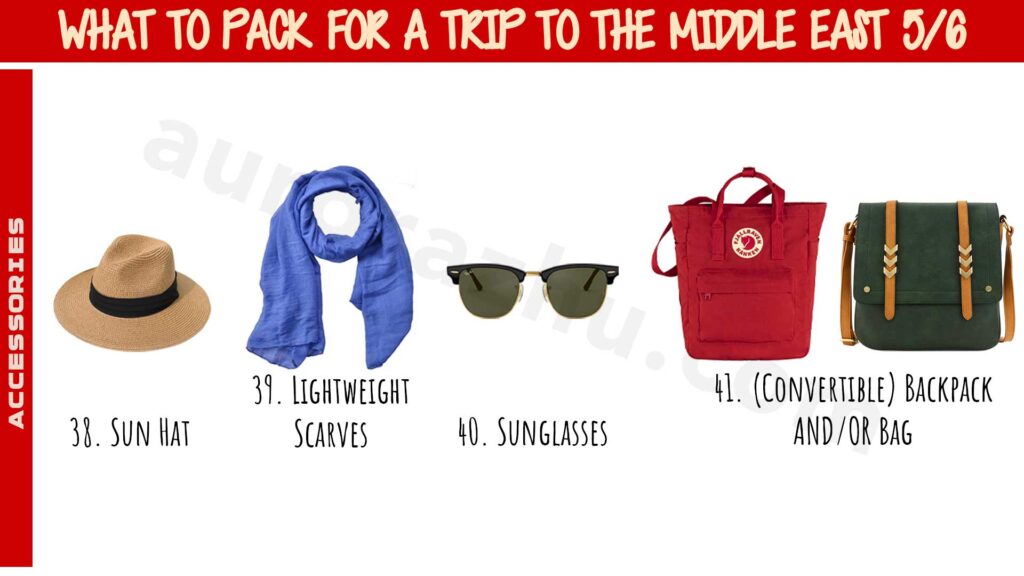
Common medications & First aid kit
If you take prescription medication, make sure to pack enough for the duration of your trip. You don’t want to run out and be stuck without your medication in a foreign country.
It’s always a good idea to also pack some common medications, like painkillers such as paracetamol, aspirin, or ibuprofen, anti-diarrheal medication, and allergy medication, just in case you need them. However, it’s important to note that some medications may be illegal in certain countries in the Middle East, so make sure to check with the embassy or consulate before bringing any prescription drugs with you (you can also read the country specifics paragraph for general guidance). However, regardless of what you can bring, as a general rule always keep medications in the original packaging and limit the quantity to what you actually need.
In addition to common medications, it’s also a good practice to bring a basic first aid kit (I learned it the hard way), including a thermometer, bandages, antiseptic wipes, gauze dressings, and any other medications or medical supplies you may need.
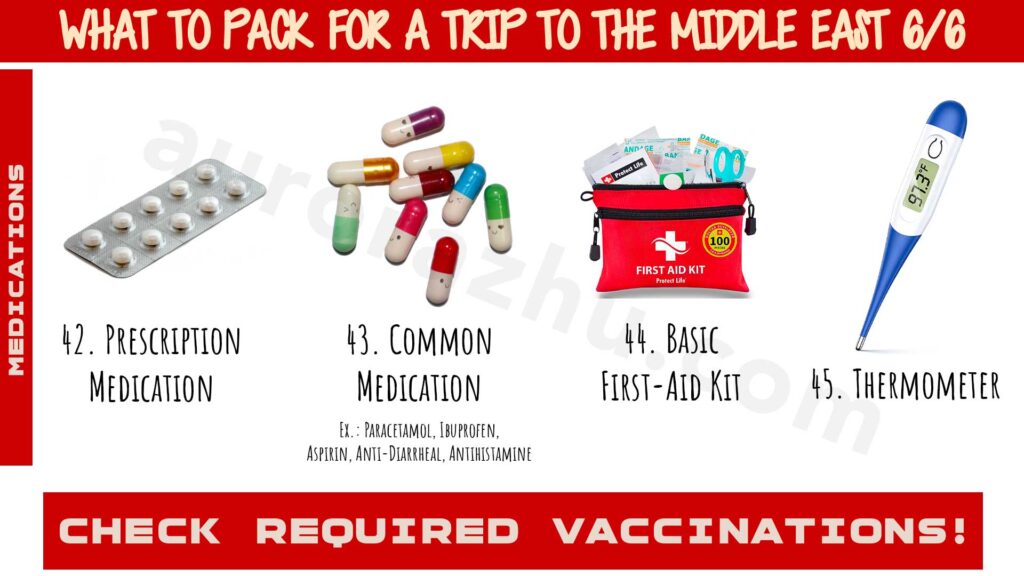
Vaccinations
Before traveling to the Middle East, it’s important to check with your doctor or a travel health clinic to see if there are any recommended or required vaccinations. Some countries, like Saudi Arabia, require proof of certain vaccinations before allowing entry. According to my experience, I would recommend the following vaccines:
- Hepatitis A and B
- Typhoid
- Tetanus
- Rabies
- Meningococcal (especially if you’re planning on traveling during the Hajj pilgrimage to Mecca)
- Yellow Fever (if you’re traveling from a country with a risk of transmission)
Lastly, camels can potentially cause MERS (Middle East respiratory syndrome), so always wash your hands after entering into contact with animals.
Save this on Pinterest!
